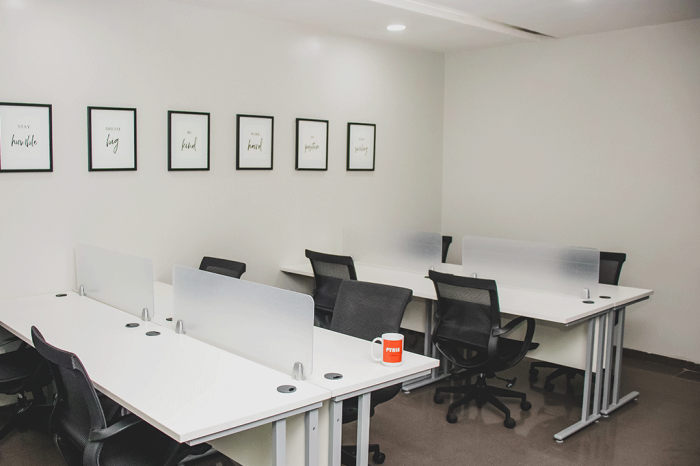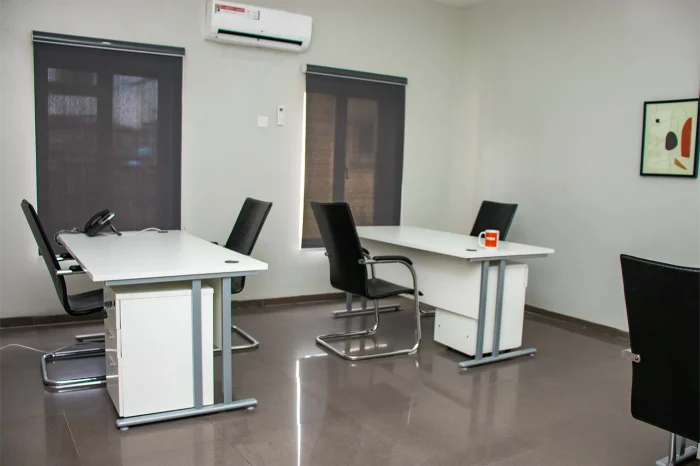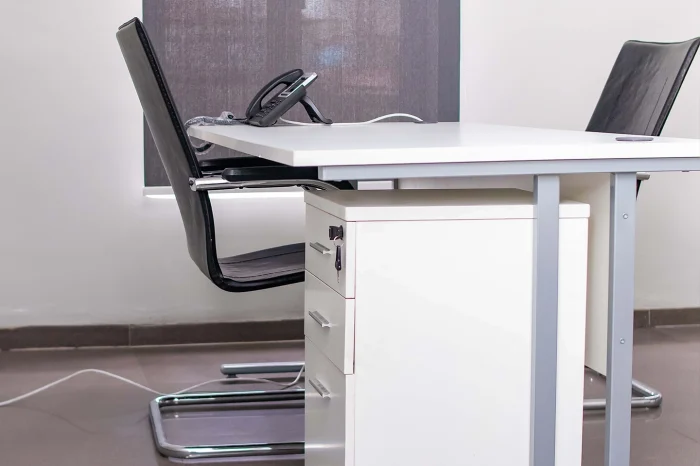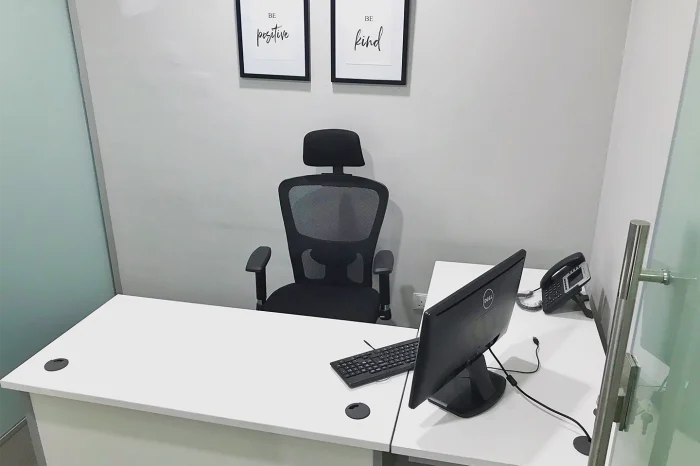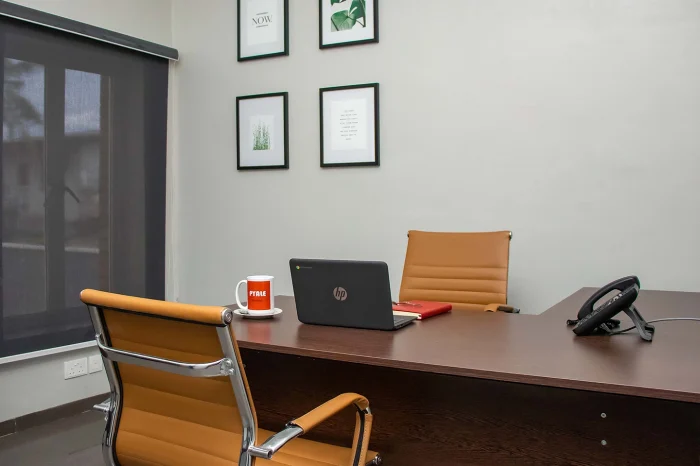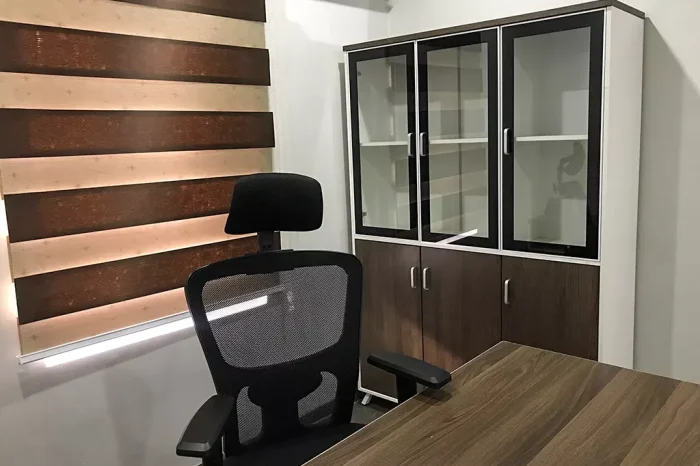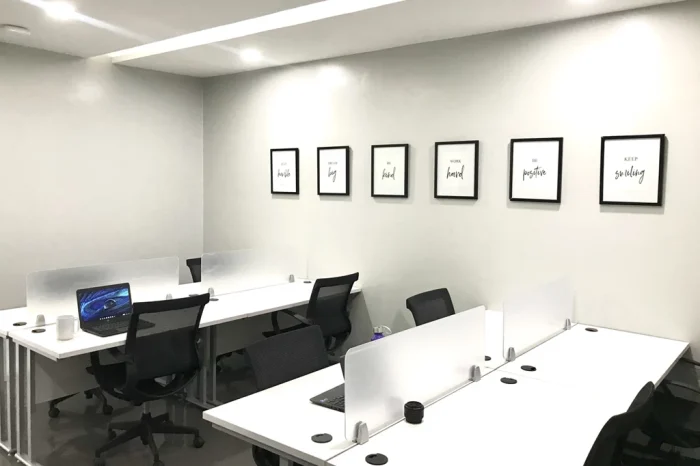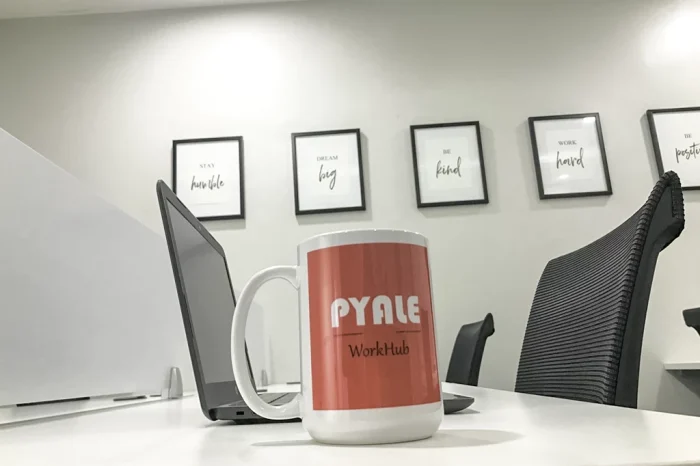As more and more people work remotely or run their own businesses, the demand for flexible and affordable workspaces has increased. While traditional office spaces have been the norm for decades, coworking spaces have emerged as a popular alternative in recent years. Both options have their pros and cons, and choosing the right one can make a big difference in your productivity and overall satisfaction. In this article, we’ll take a look at the differences between traditional office spaces and coworking spaces to help you determine which one is the right fit for you.

Traditional Office Spaces
Traditional office spaces have been around for decades and have been the go-to option for businesses that need a dedicated and private workspace. These spaces are typically leased on a long-term basis and come in various sizes, from small individual offices to large suites that can accommodate multiple employees. They are often furnished and equipped with necessary amenities such as internet access, printers, and telephones.
One of the advantages of traditional office spaces is that they provide a dedicated and private workspace. This can be beneficial if you need to concentrate on your work or have confidential conversations with clients. Additionally, traditional office spaces often offer more space and storage options compared to coworking spaces, which can be useful if you have a lot of equipment or inventory.
However, traditional office spaces can be expensive and inflexible. They require long-term leases, which can be a significant commitment if your business is still in its early stages. Additionally, you are responsible for furnishing and maintaining the space, which can add to your overhead costs. Moreover, traditional offices can be isolating, as they lack the social interaction and community aspect that coworking spaces offer.
Coworking Spaces
Coworking spaces are shared workspaces that bring together people from different backgrounds and industries. They provide a flexible and affordable alternative to traditional office spaces, offering a range of membership options to suit different needs. Coworking spaces come with a variety of amenities, such as high-speed internet, printing and scanning facilities, conference rooms, and even kitchens.
One of the biggest advantages of coworking spaces is the community aspect. You have the opportunity to connect with other professionals, share ideas and resources, and collaborate on projects. This can lead to new business opportunities and help you develop your skills and knowledge. Moreover, coworking spaces offer a sense of flexibility and convenience that traditional office spaces cannot match. You can choose from different membership options, depending on how often you need to use the space, and you are not tied to a long-term lease.
However, coworking spaces can be noisy and distracting, especially if you are easily distracted or need a quiet environment to work. Additionally, coworking spaces may not provide the same level of privacy and security as traditional offices, which can be a concern if you deal with sensitive information.

Which One is Right for You?
Choosing between a traditional office space and a coworking space depends on your individual needs and preferences. If you need a dedicated and private workspace, have a lot of equipment or inventory, and are willing to commit to a long-term lease, then a traditional office space may be the right fit for you.
On the other hand, if you value flexibility, community, and affordability, and can work in a shared environment, then a coworking space may be the better choice. Coworking spaces are particularly attractive to freelancers, startups, and small businesses that need a professional workspace without the high costs associated with traditional offices.
Ultimately, the decision comes down to what is most important to you and your business. Both traditional office spaces and coworking spaces have their advantages and disadvantages, and it’s up to you to weigh them and make an informed decision. Consider your budget, work style, and business goals when choosing a workspace, and don’t be afraid to try out different options until you find the one that works best for you.


